
Here in Shanghai, December is the month that a birder’s addiction cannot be satisfied by the increasingly meager assortment of species at Nanhui – we have to go to other places as well.
Such as Tianmashan, where a steeply inclined pagoda still has not fallen down. To be safe, however, Black-throated Bushtits at Tianmashan already try to steer a few meters away from it. The bird is easy to identify – if it is small, cute, and black, white, and brown, you have found it (though admittedly, a more qualified description can be found at Shanghaibirding). Another one comes from a fellow Shanghai birdwatcher trying to get photos of them: “They are just so naughty! They never stay on the same perch and keep jumping from one [perch] to another.”
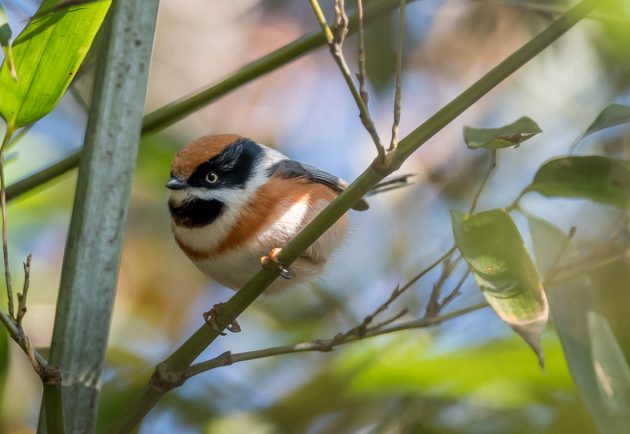
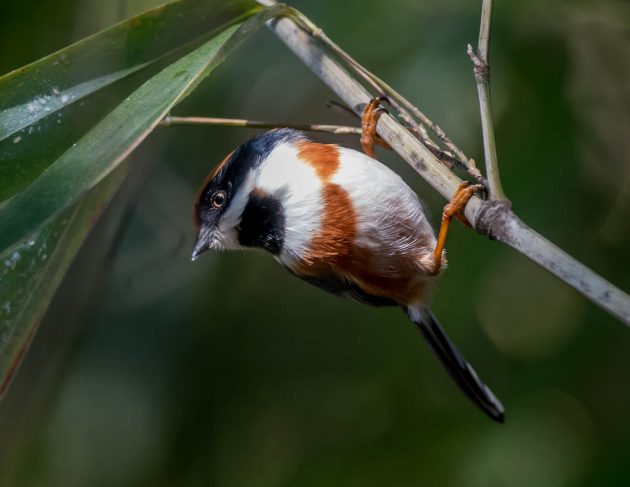
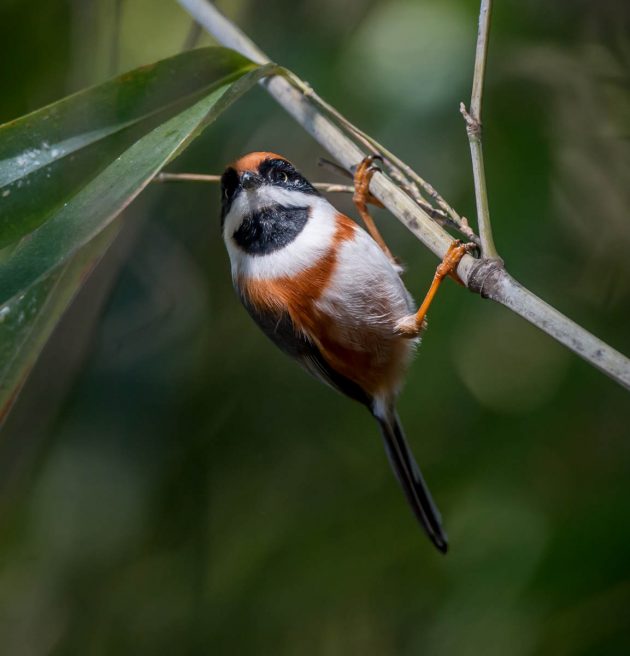
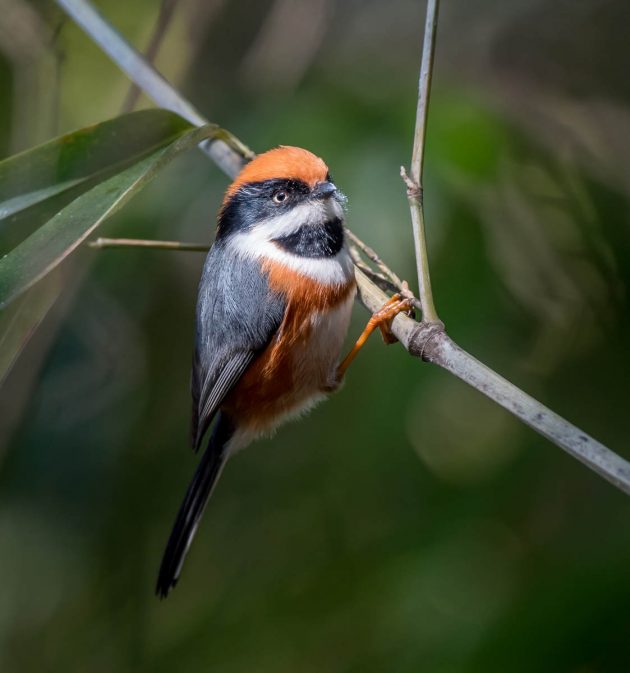
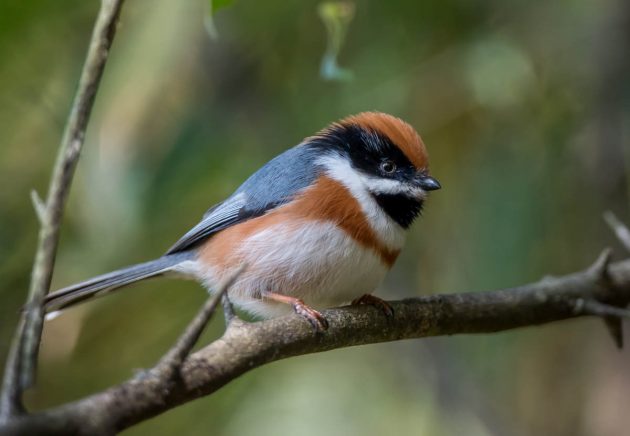
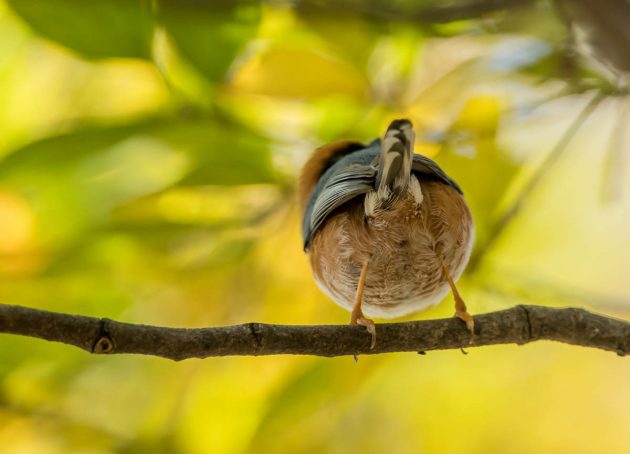
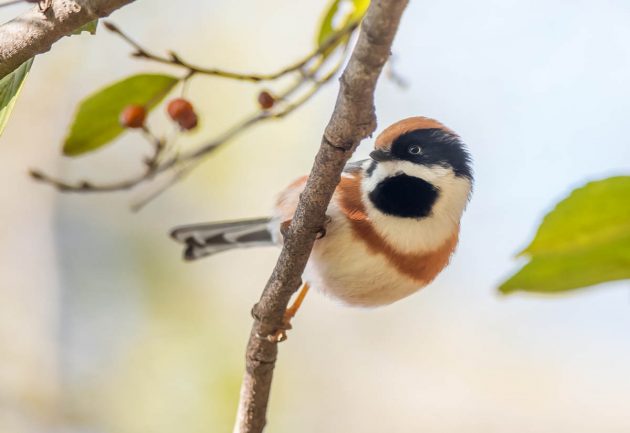
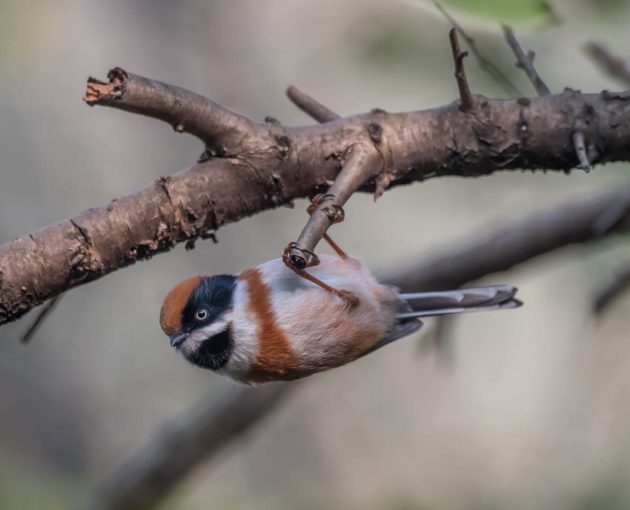
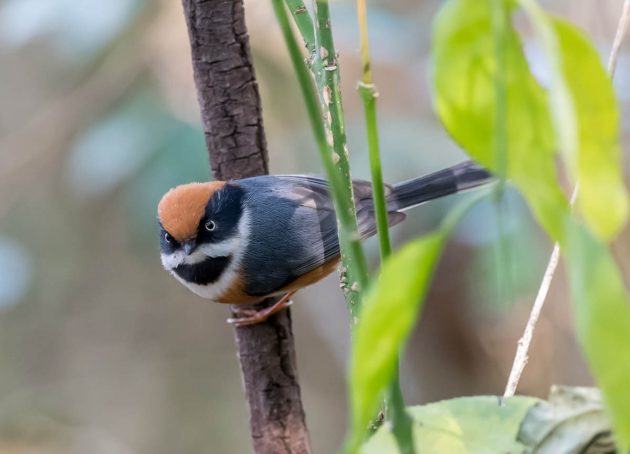
In the Tianmashan cuteness competition, their main rivals are the Silver-throated Bushtits.
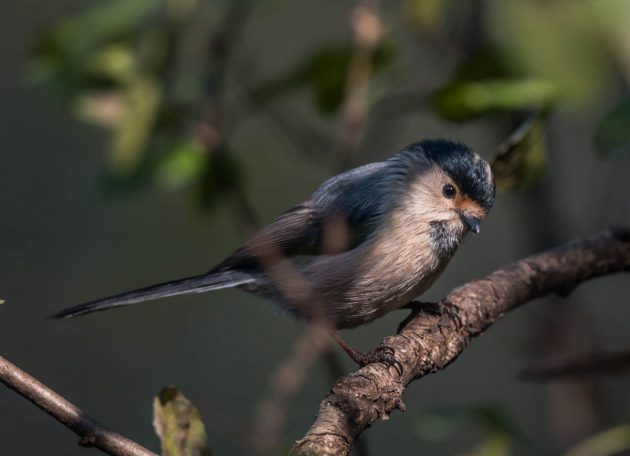
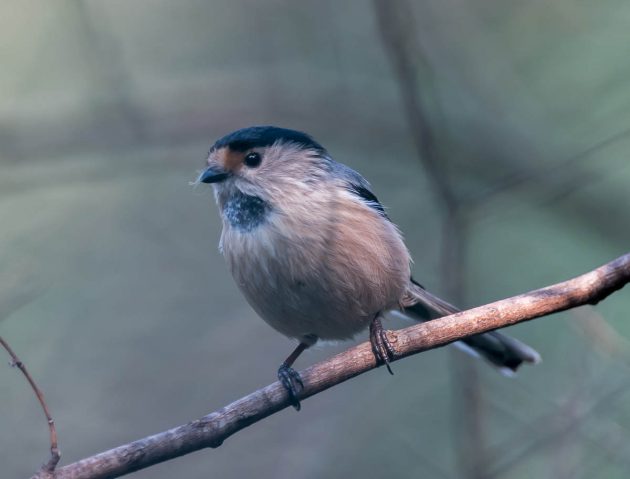
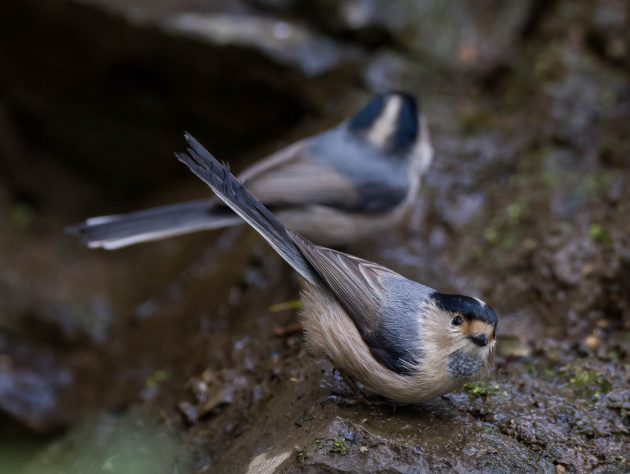
As you have noticed in the past, I never miss an opportunity to show photos of Daurian Redstarts. Indeed, they are here on Tianmashan in winter as well.
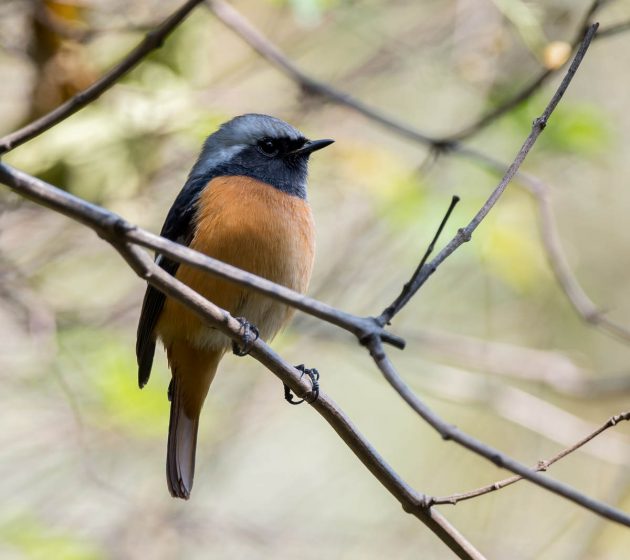
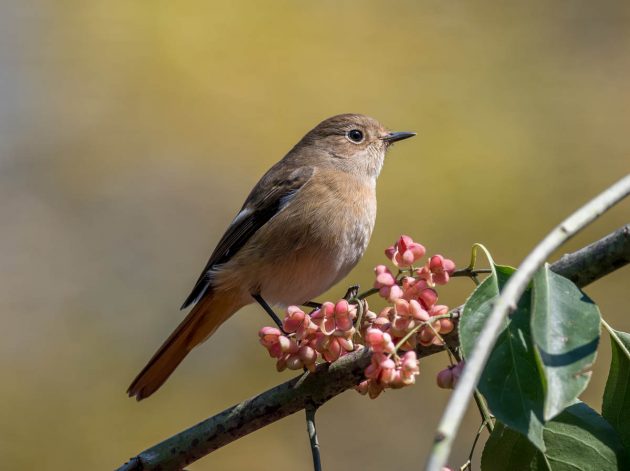
A male at Nanhui was a bit better in choosing the ideal lighting for a photo.
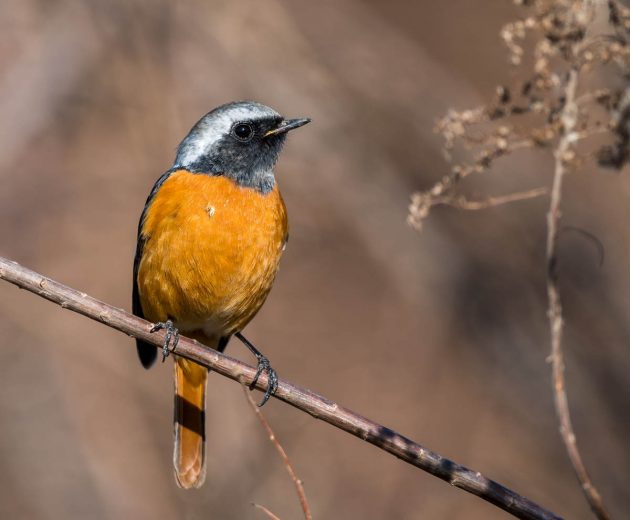
A female on Chongming Island gave me a very skeptical look. Sometimes I do not understand the attraction of bird photography either.
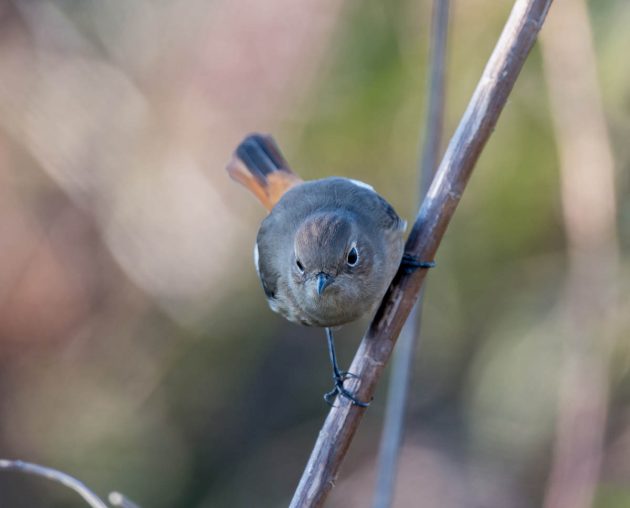
In winter, Tianmashan is also a good place for White’s Thrushes …
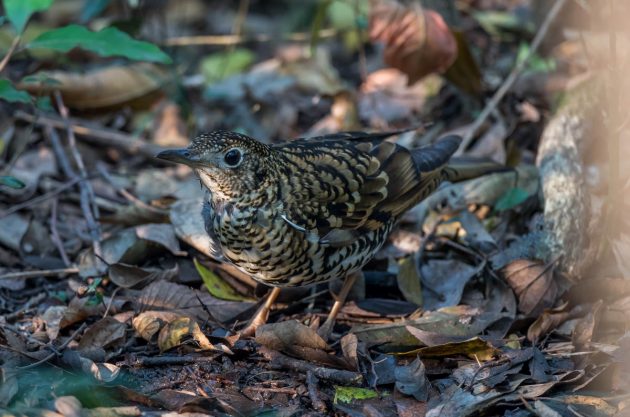
(look at that camouflage!)
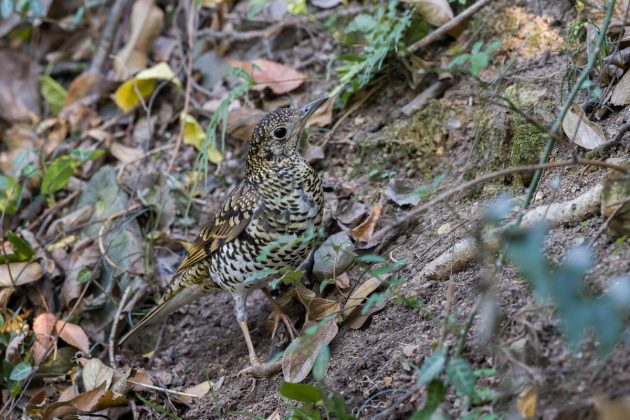
… (this bird either stands still for several minutes on end, not moving at all, or energetically and somewhat angrily pushes leaves around, like a robust German housewife shaking out blankets while being slightly frustrated by the lack of appreciation of her work by her family) …
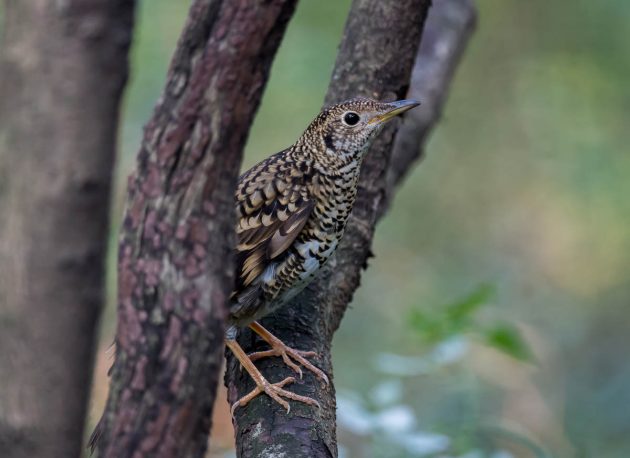
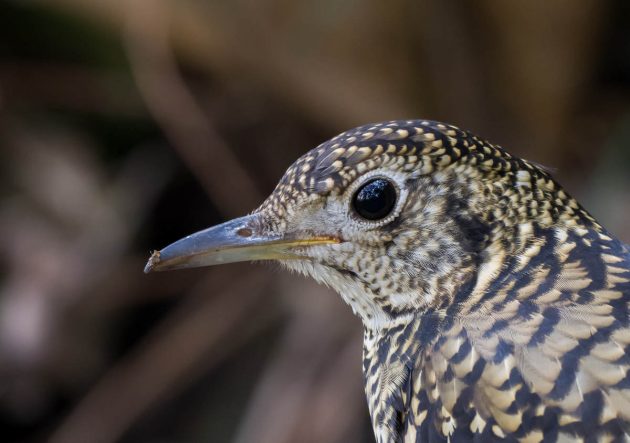
… Pale Thrushes …
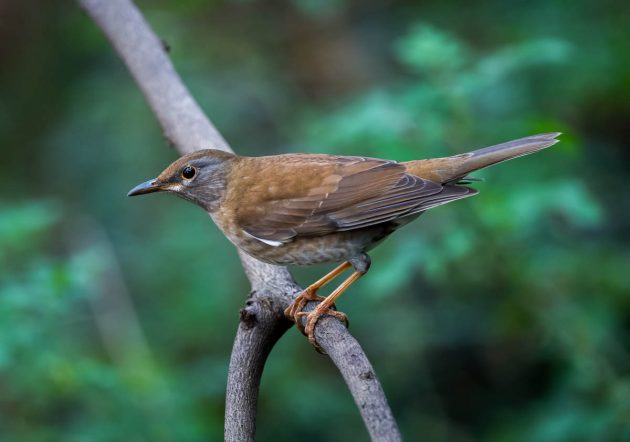
… Tristam’s Buntings …
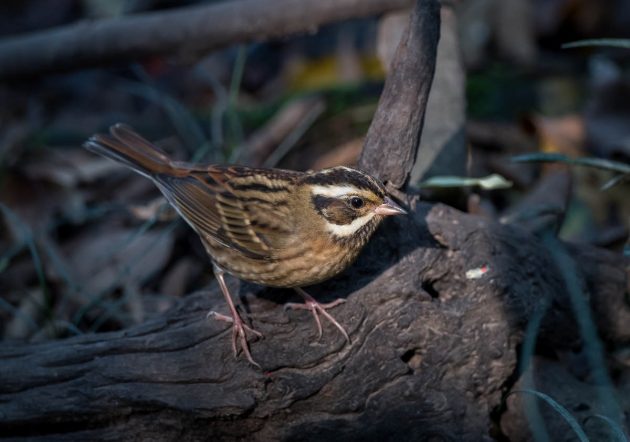
…. (which are sometimes busy bathing even when it is cold) …
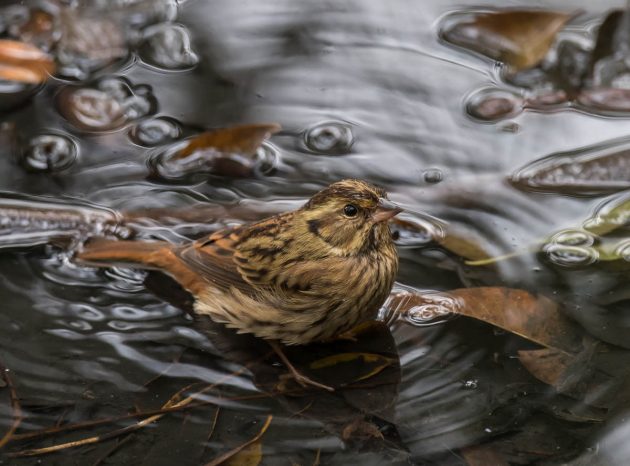
… (Rain, Steam, Speed by Willam Turner – bunting cover version) …
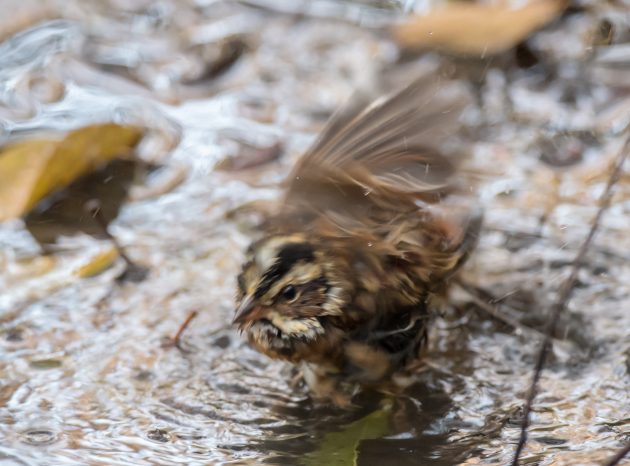
… and Eurasian Siskins.
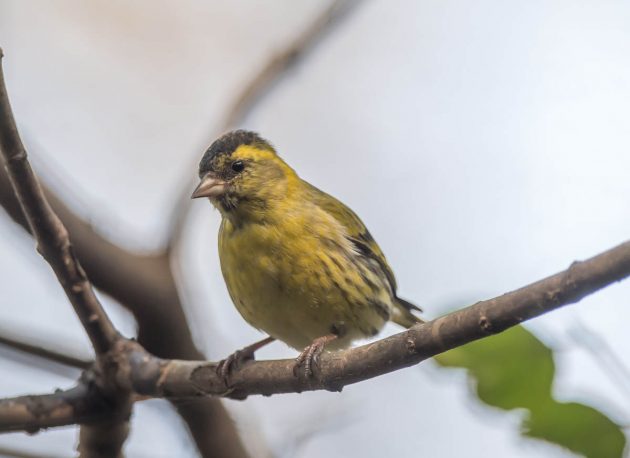
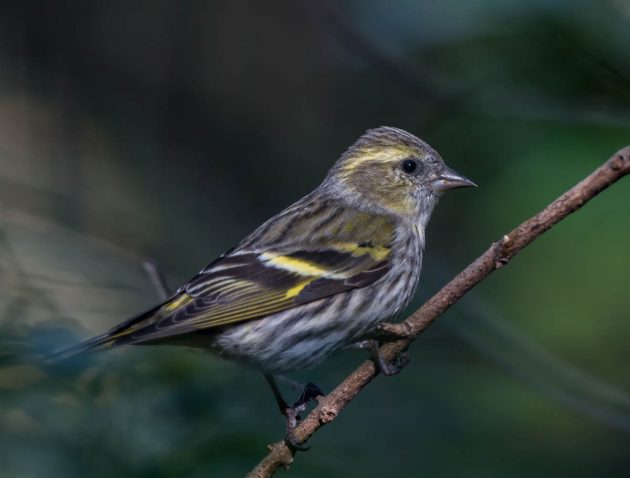
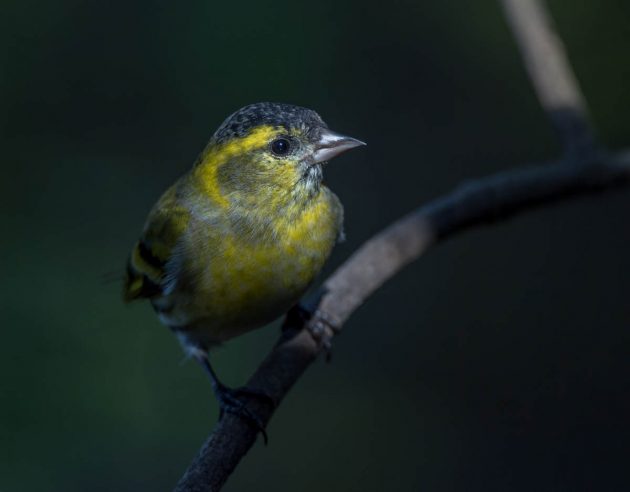
The Red-billed Leiothrix can also be found on Tianmashan. This being a Chinese and Southeast Asian species, the HBW consequently focuses on describing its population on several Hawaiian islands, where it was introduced. American-centric, me? It seems ornithologists have not yet heard the joke about searching for the keys where it is light. Or maybe they did not understand it.
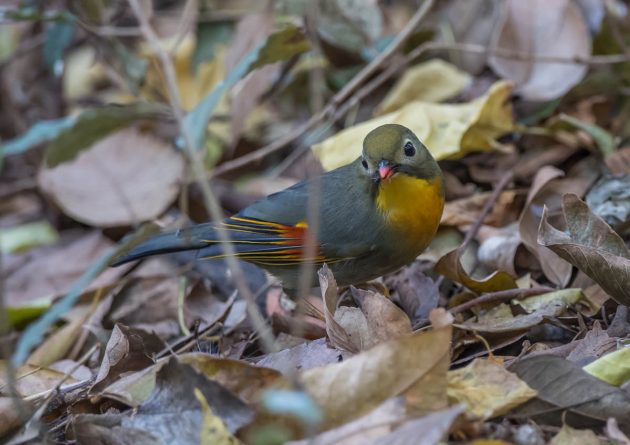
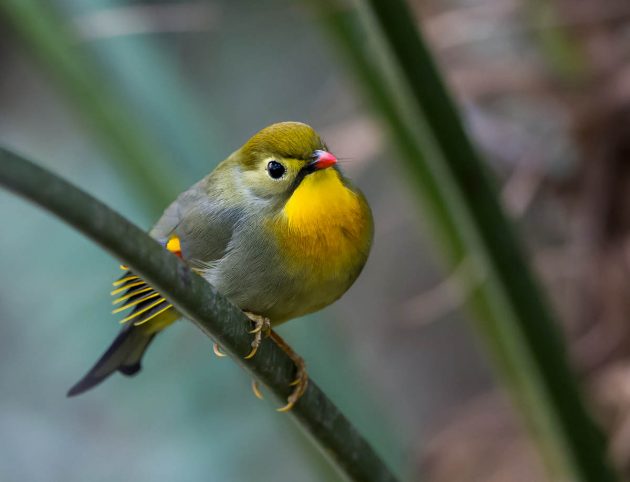
As a chemist, I am vaguely pleased to realize that the Latin name of the Oriental Greenfinch (also on Tianmashan) is Chloris sinica – that is the chloris (Greek for greenish) of the element chlorine fame (chlorine is a greenish gas).
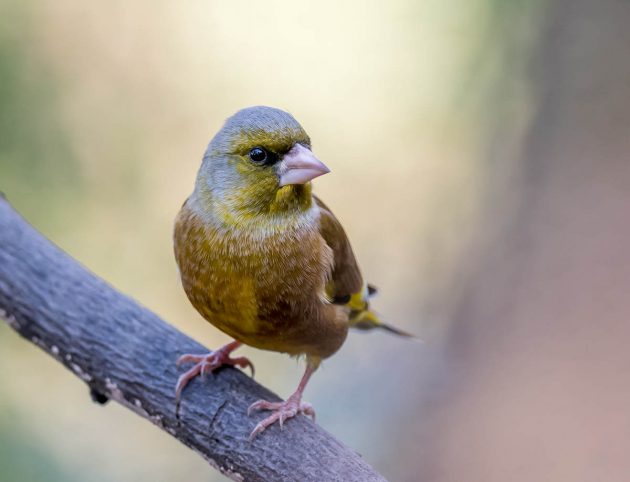
The Vinous-throated Parrotbill (Tianmashan) is of course named after Lady Margaret Vinous-Throated – she was a rather modern female naturalist who insisted on keeping her maiden name Vinous even after her marriage with doctor Alfred Throated. Ok, maybe I should gradually allow this joke to retire, as long as there still is a possibility of doing that gracefully.
But this is a very cute bird, and it is nice to have a parrotbill in Shanghai that is fairly easy to see.
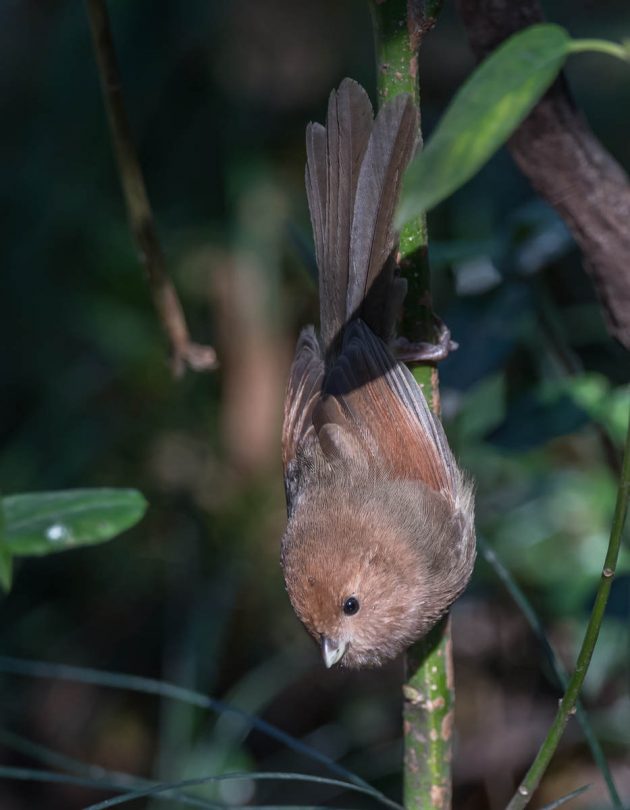
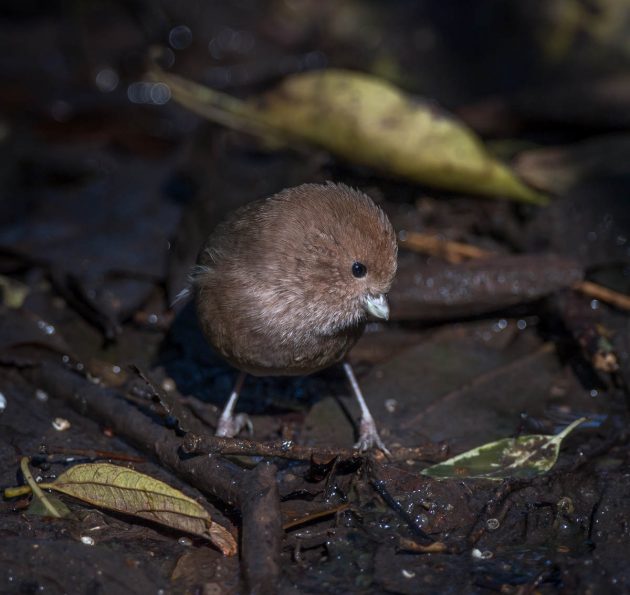
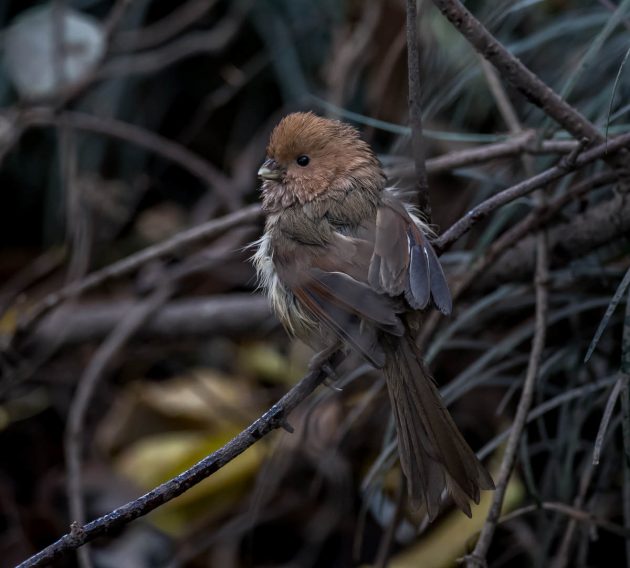
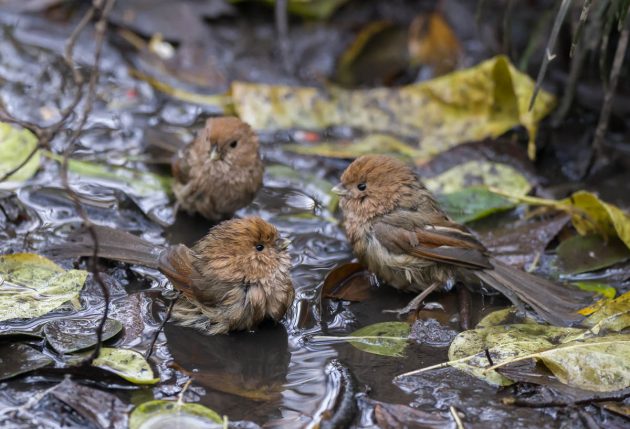
They are sometimes joined in the communal pool by Rufous-faced Warblers.
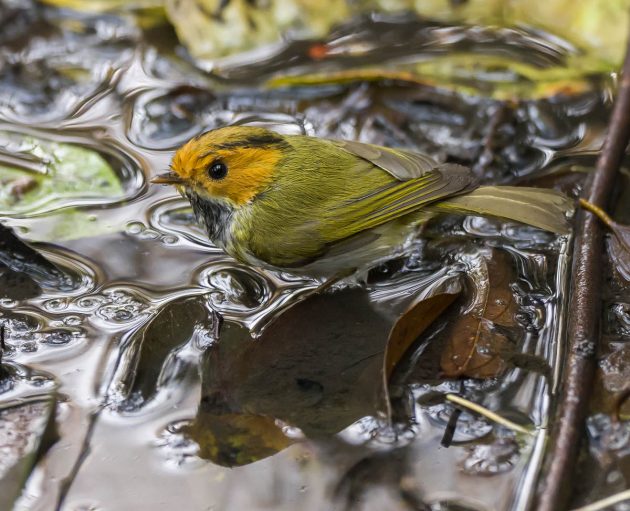
And to my delight, Tianmashan this year again has some Common Rosefinches. Not as colorful as in summer, but still nice.
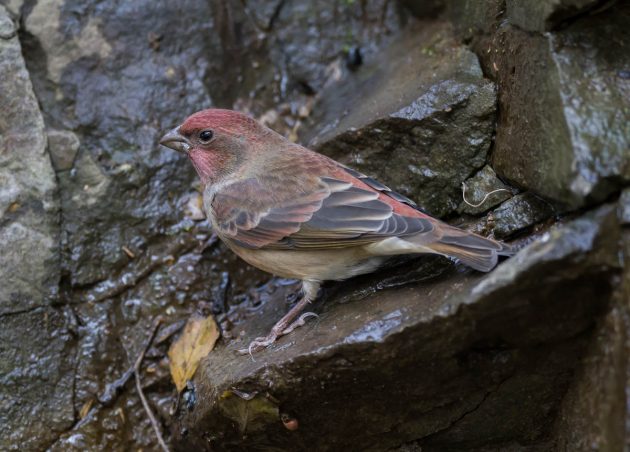
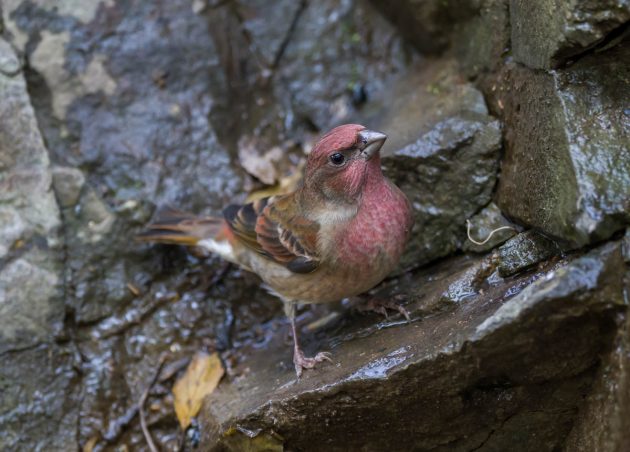
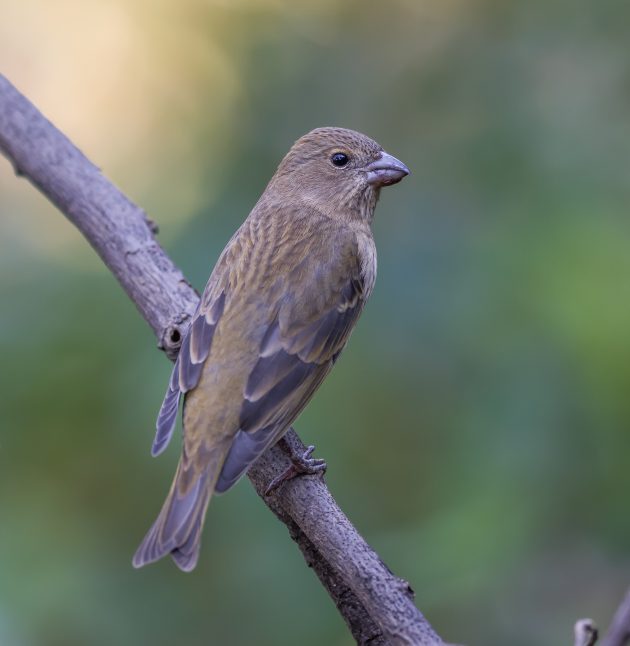
The other decent alternative to Nanhui in the Shanghai area in winter is Chongming Island. It is less populated than most parts of Shanghai, with relatively large open agricultural areas favored by birds such as the Chinese Grey Shrike …
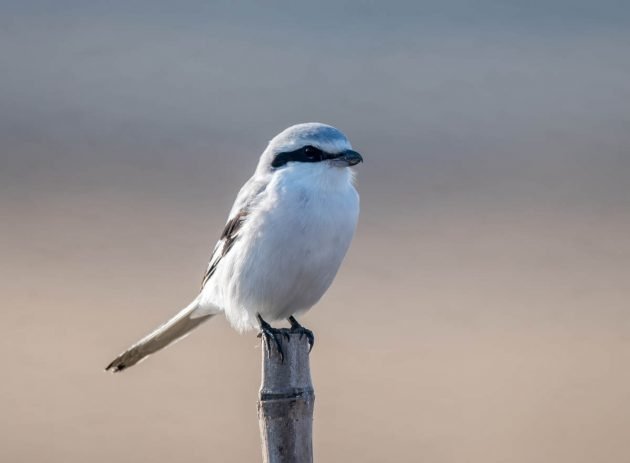
… and the Common Kestrel.
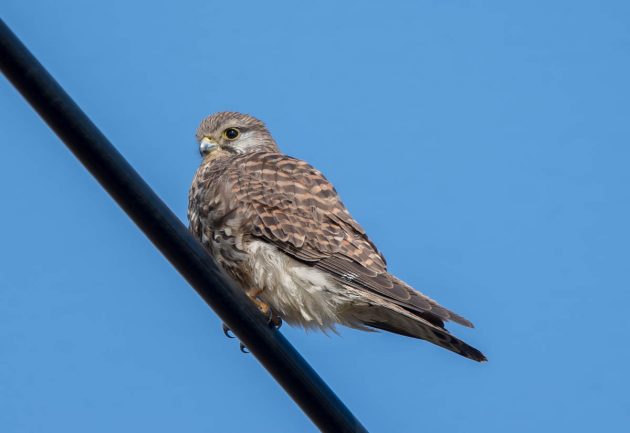
While for some reason at Nanhui, it is almost easier to see Black-faced Spoonbill than Eurasian Spoonbill, the latter was more common on Chongming Island this month.
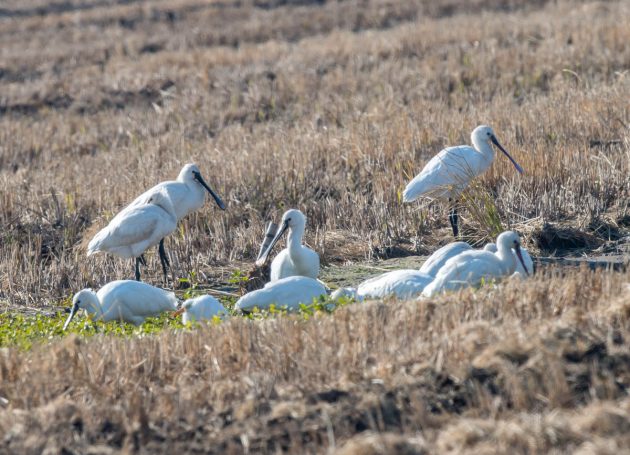
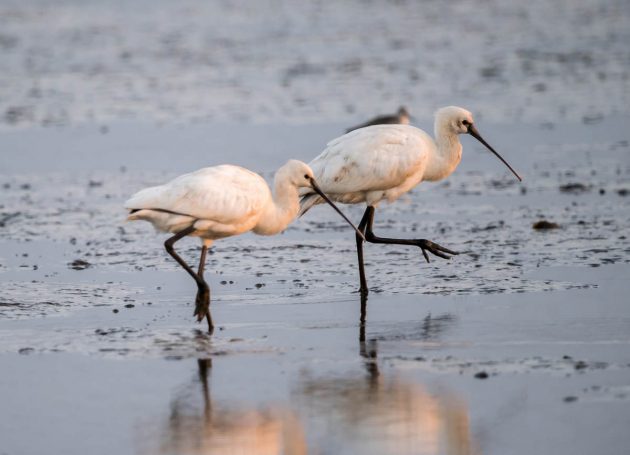
eBird states that White Wagtails are “usually seen as singles, pairs, or small groups”, which seems a sentence rather devoid of any information content. Well, I guess if you see a huge flock of small black-and-white birds, they cannot be White Wagtails, at least according to eBird.
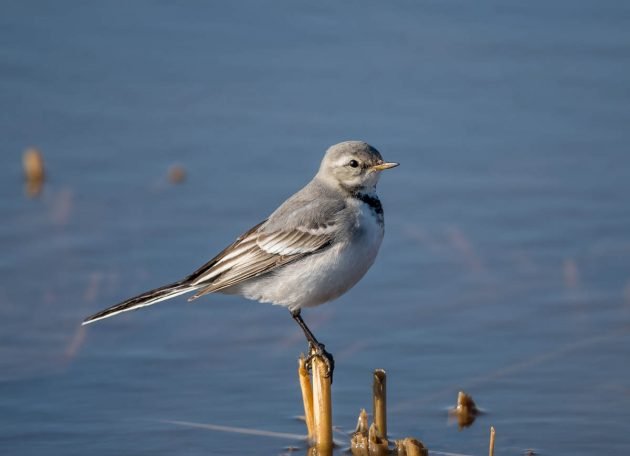
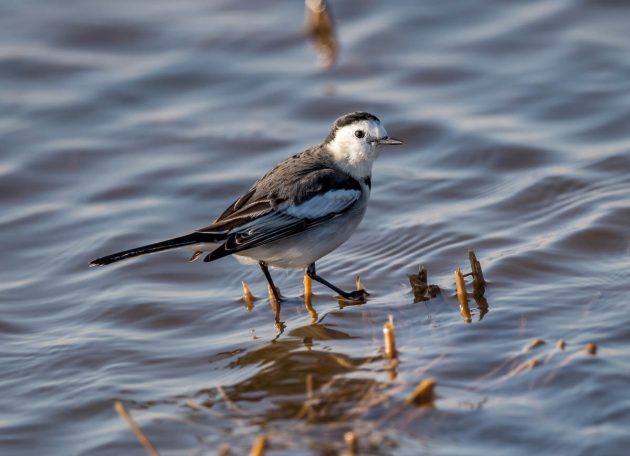
Here, two White-cheeked Starlings on Chongming Island are arguing about whether it is justified that the species is regarded as a pest in Japan (HBW).
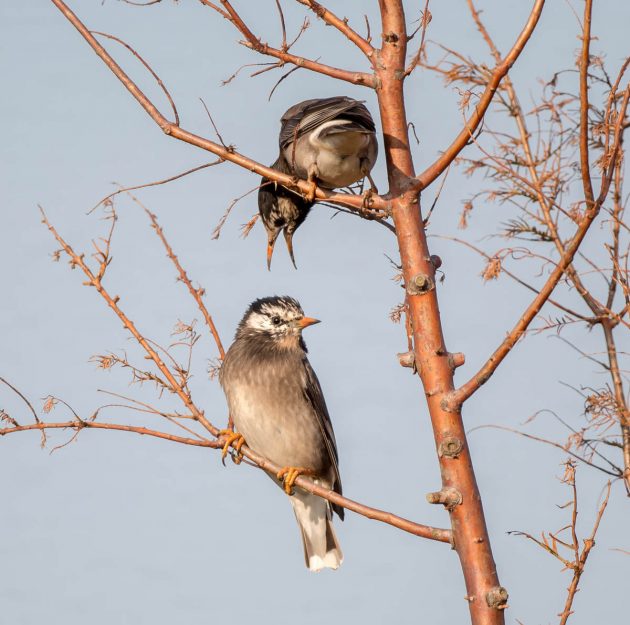
If dinosaurs were the original punks of the animal kingdom, this Eurasian Hoopoe is their proud descendant (Chongming Island)
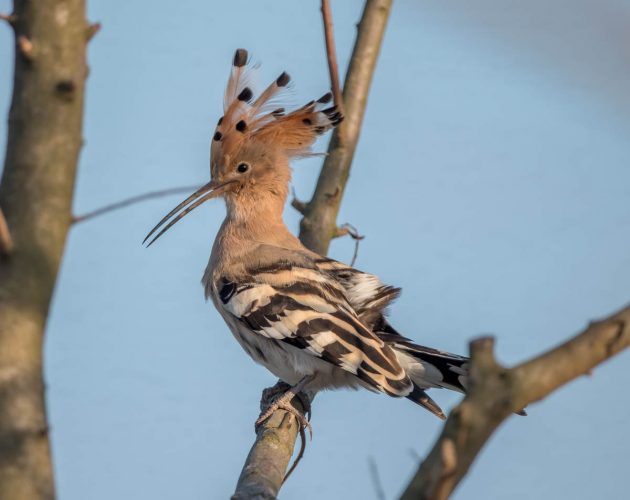
Chongming Island is also a good place to see different buntings – the Rustic Bunting …
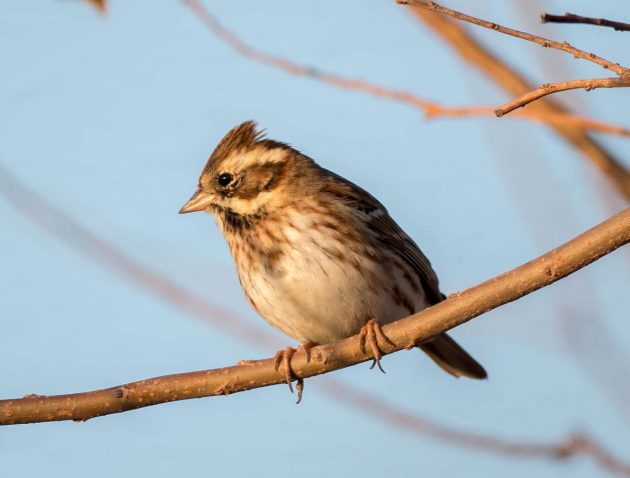
… Chestnut-eared Bunting …
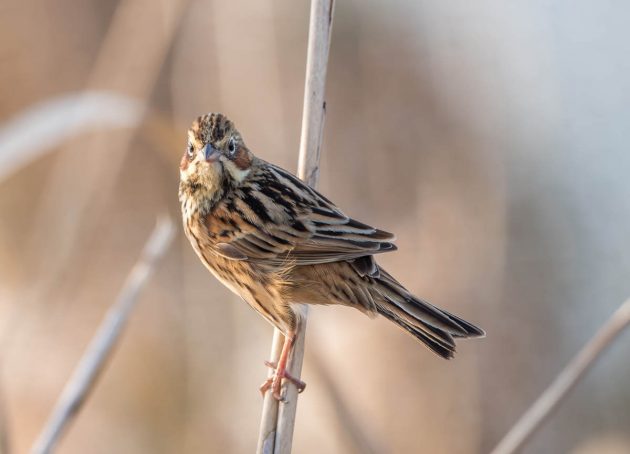
and the underrated Black-faced Bunting.
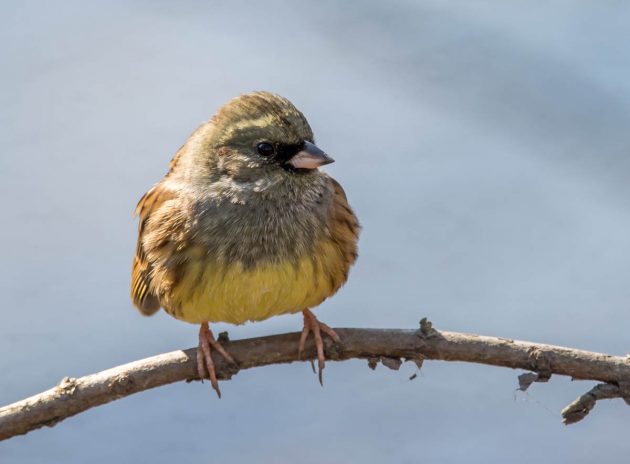
The Common Snipe I encountered fully justified its Wikipedia description: “The common snipe is a well-camouflaged bird, it is usually shy and conceals itself close to ground vegetation and flushes only when approached closely”.
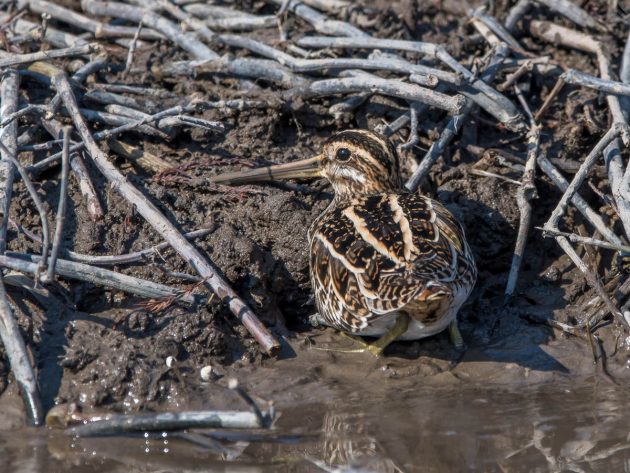
Nobody does looking miserable better than juvenile Black-crowned Night Herons.
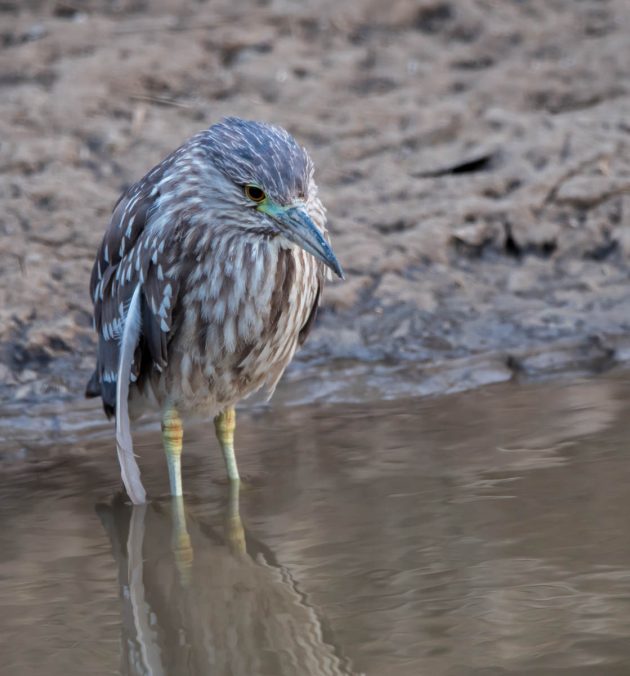
In winter, some Little Grebes look like floating hand muff warmers.
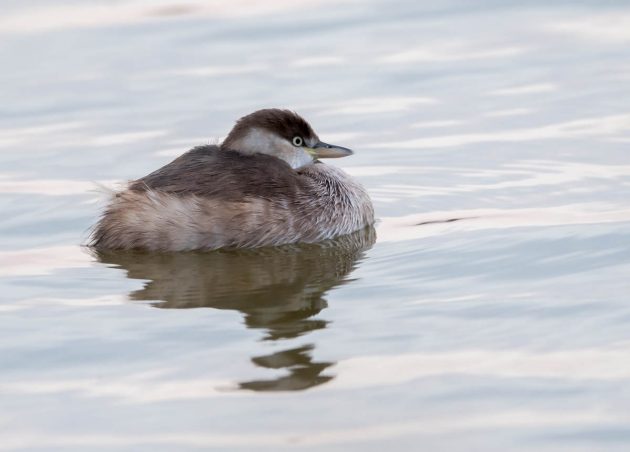
There are also many ducks on Chongming Island – they are experienced enough to be very shy. This includes the Common Pochard, a species classified as Vulnerable despite a relatively large population that is, however, declining rapidly.
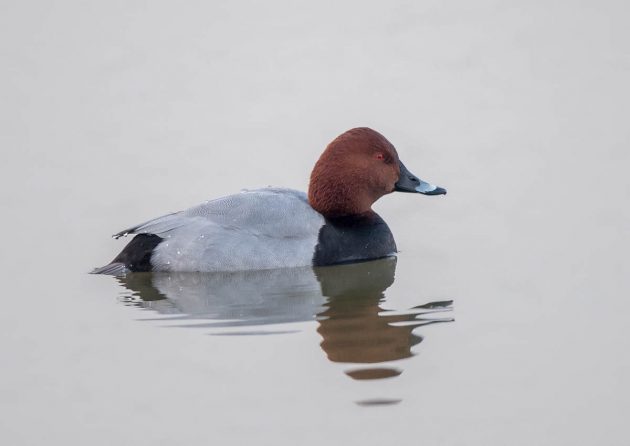
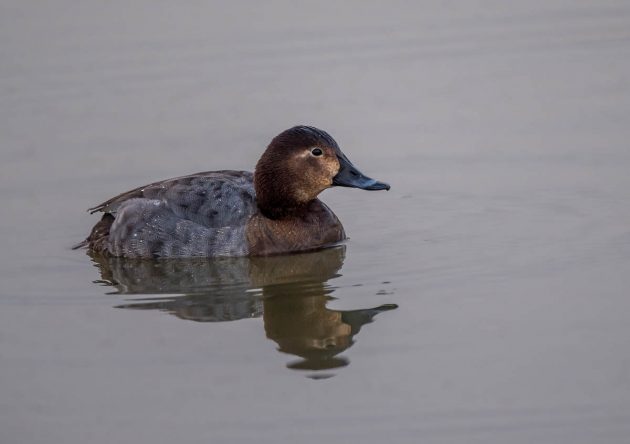
Whenever I find a good spot to see Reed Parrotbill at Nanhui, I can be pretty sure that there will be some human activity within the next three months that will destroy this site. So, I am glad I have found a new spot on Chongming Island which hopefully will be a bit more stable. Maybe even for half a year.
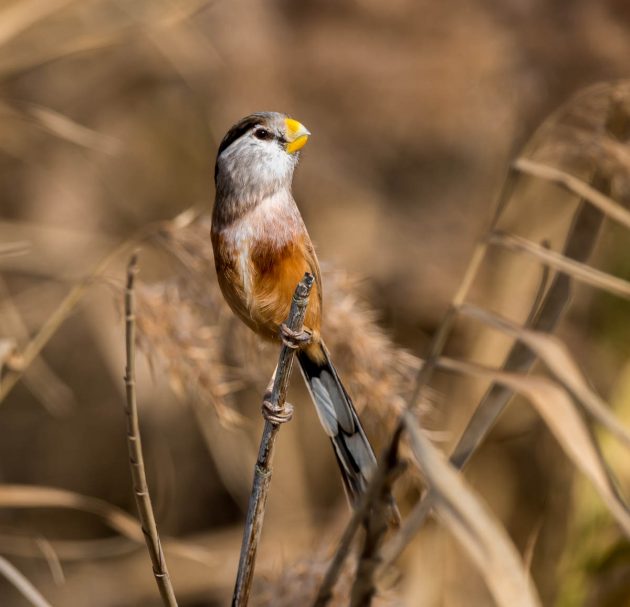
If you see a redshank and do not know whether it is a common or spotted one, ask yourself: does it look a bit snobbish? If yes, it is a Spotted Redshank. If the distinction is not clear, watch what the bird drinks for dinner. If it is wine, it again is a Spotted Redshank (common redshanks prefer beer, like me). Most redshanks that pretend to like wine though they actually prefer beer are Spotted Redshanks as well.
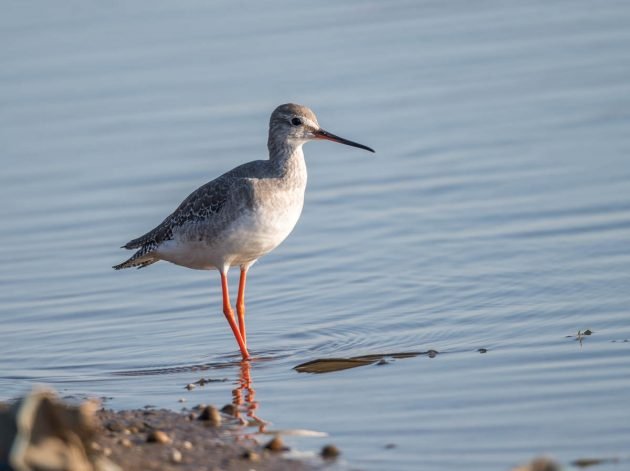
If you want to maximize the number of colors to be gotten from a single bird species, I recommend the Northern Lapwing. All the colors of the rainbow in just one bird.
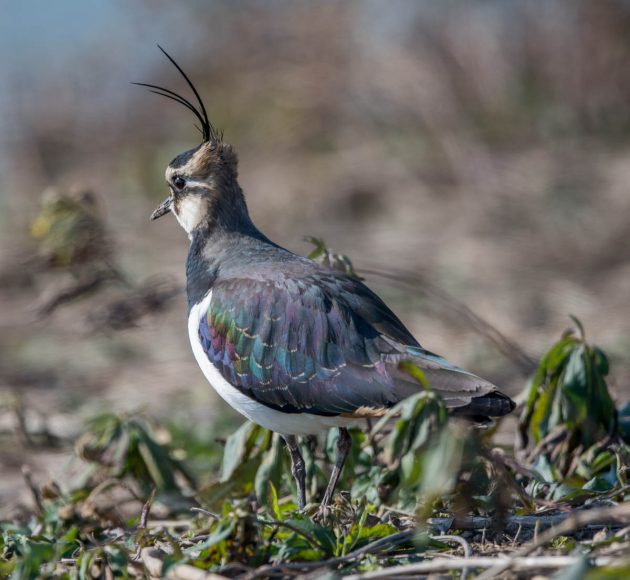
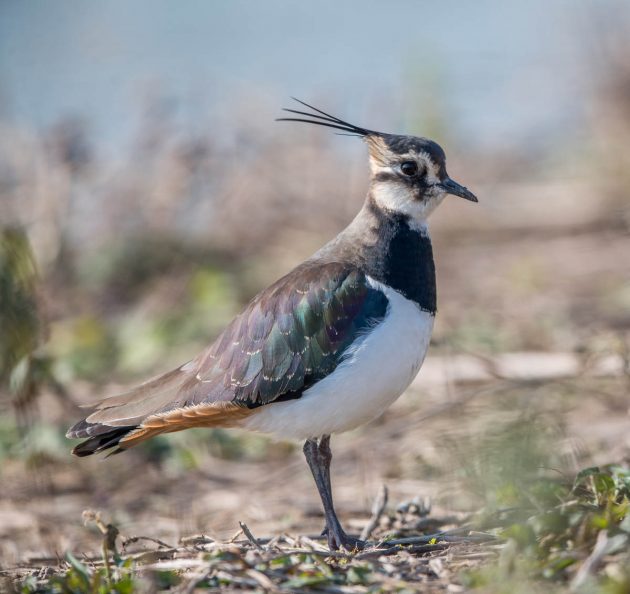
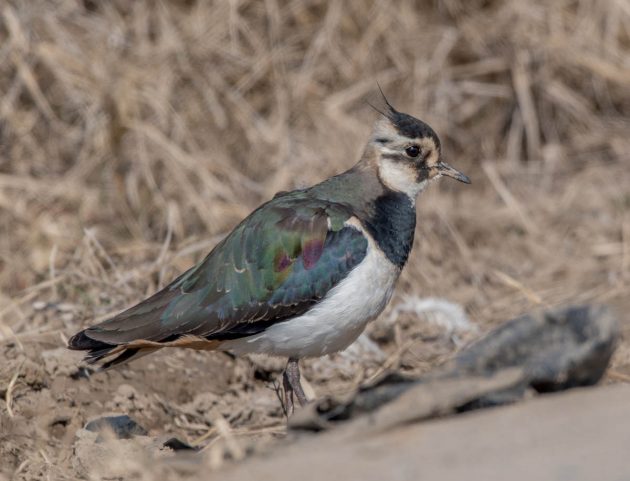
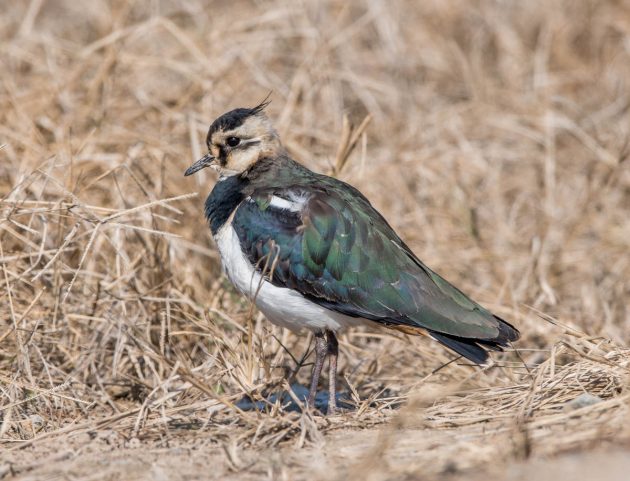
The Chinese name of the Northern Lapwing translates roughly as “Crested Wheat Chicken”. Which allows me a far-from-smooth transition to a song, “The Thing is”, by a band named Foxygen. Sounds rather like early Springsteen to me, but with a sense of humor, something Bruce is not known for. And they rhyme “winner” with “five-piece chicken dinner” (finally getting to the stretched lapwing reference). Another nice line from the same song is “I must be driving towards success but I can’t find the keys to my car” (no birding reference though).
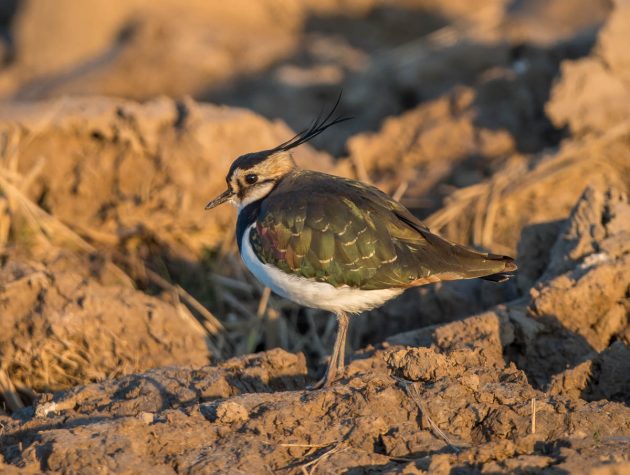
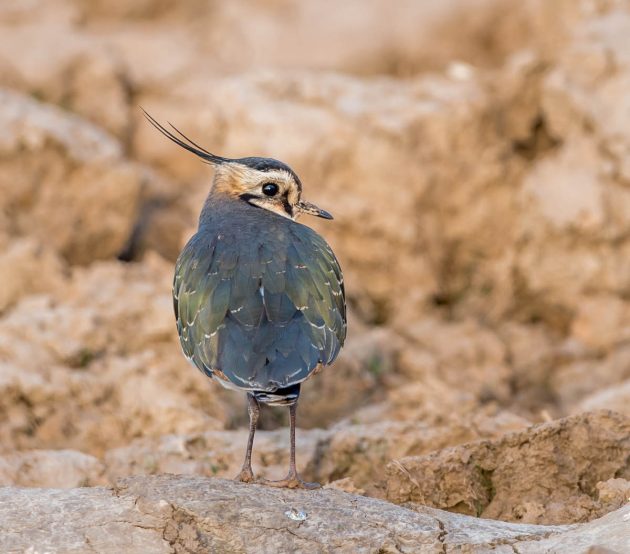
Everything that can reasonably be said about the Buff-bellied Pipit has already been said by Corey – on 10,000 Birds, where else?
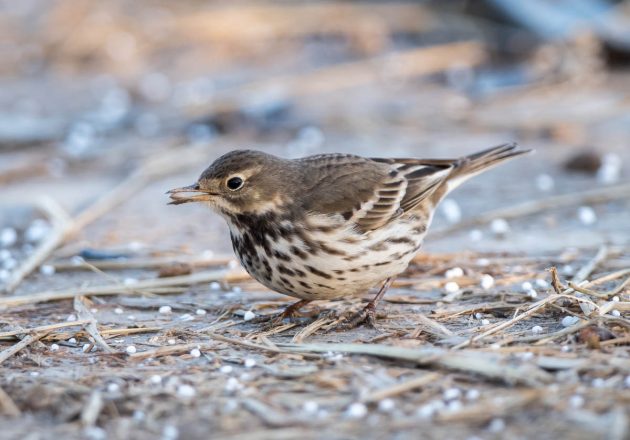
I finally looked up why Chinese Penduline Tits (as many other bird species, for example, shrikes like the Chinese Grey Shrike shown above, or waxwings) have a black face mask. Apparently, the function is to reduce glare from sunlight and thus to increase the success in hunting. Another source even states that the black eye-stripes worn by professional football players serve the same purpose. Who would have thought?
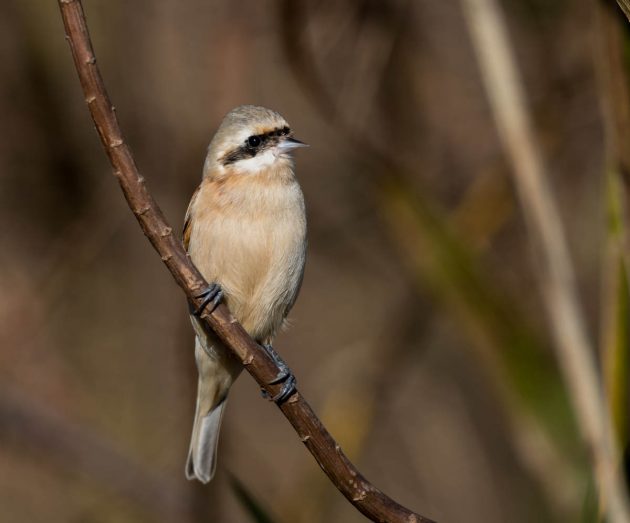
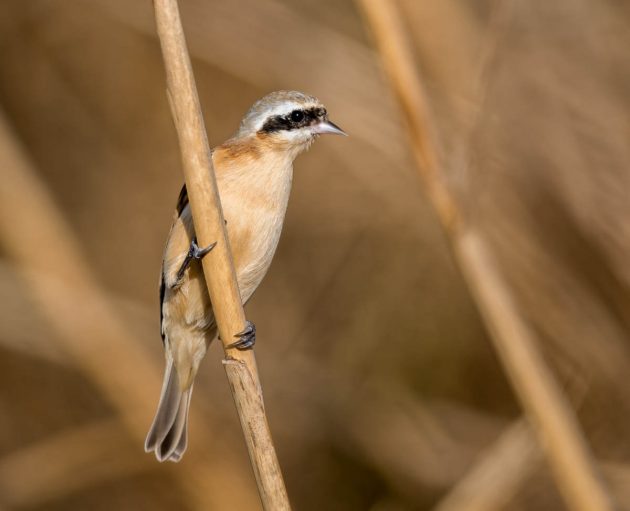
And the bonus mammal of the post is the Siberian Weasel (Chongming).
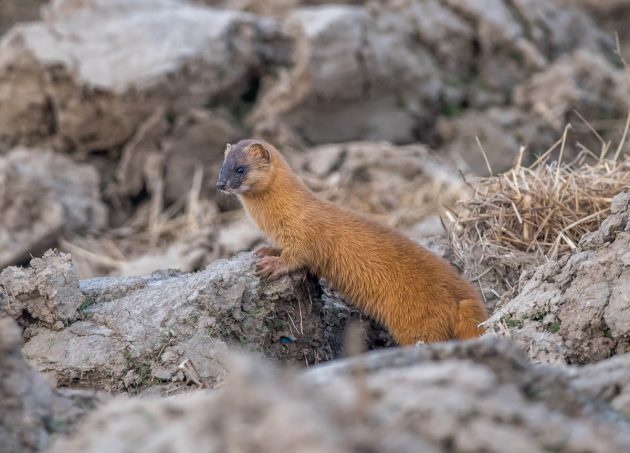
If you prefer to end this post with music rather than a mammal, here are a few more recommendations. I know. You did not ask for this. But you do not have to read it either.
Surfing Magazines, “Sports Bar”. Best line: “Melissa is a triplet – she really knows a lot about brothers”. Would be even better without the saxophone bit.
Holy Fuck, “Lovely Allen”. Best line: n.a. (instrumental)
The Reds, Pinks and the Purples, “Don’t ever pray in the church on my street”. Best line: “don’t ever pray in the church on my street – the rumors I heard that were true I could not repeat”. Paul, I am sure this is not about your church.











Leave a Comment